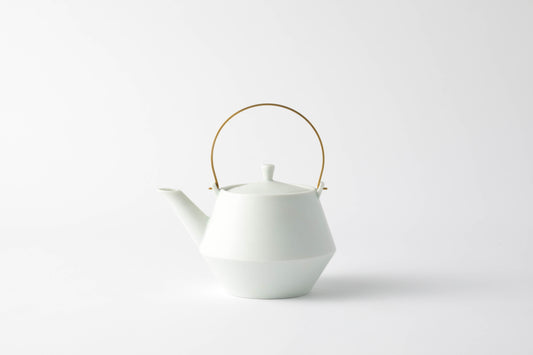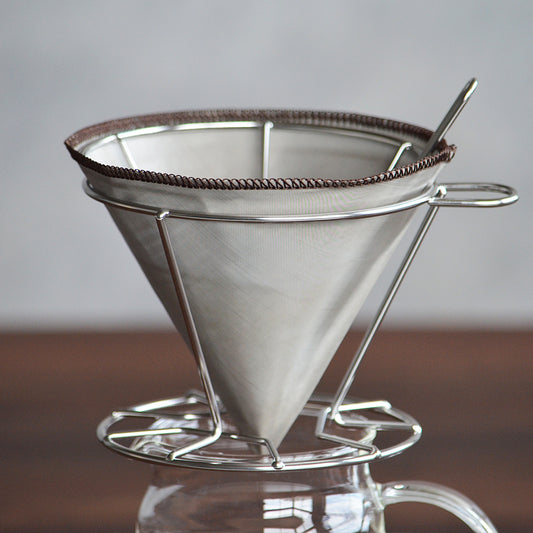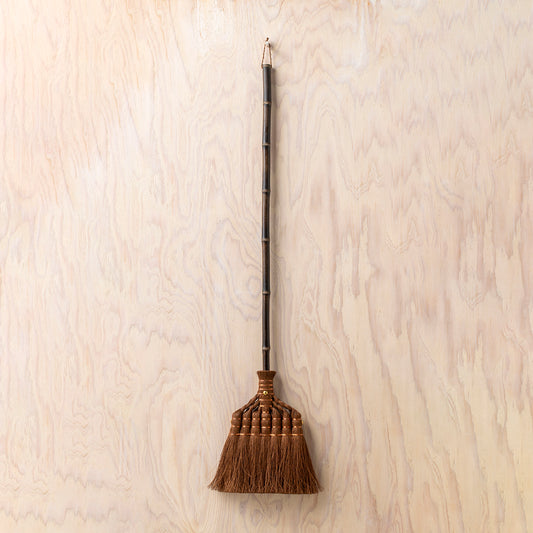鳴瀧窯
BOWL(S) (Nobori)
BOWL(S) (Nobori)
Supplementary product information
Supplementary product information
Production area: Okayama Prefecture
Size:
・(Height) 55mm
・(Diameter) 115mm
Material: Ceramics
Capacity: Approximately 180mL
Electronic appliances: Not dishwasher safe / Microwave △ (Light warming is possible)
【Before Use】
As this is made from natural clay, the surface has fine irregularities where oils and moisture can easily penetrate.
To prevent this as much as possible, we recommend soaking in water for about 30 minutes before use if possible. Please note that cups and similar items will inevitably develop color staining from coffee and other beverages.
【After Use】
You may use dish detergent, but please wash as soon as possible. After washing, we recommend allowing to air dry naturally before storing.
【About Color Staining】
Coffee, tea, and other items with strong pigments will gradually cause staining to appear on the vessel. For concerning stains, please try using oxygen bleach. Also, please do not use boiling water when using. Bizen-yaki is pottery that is sensitive to sudden temperature changes.
Couldn't load pickup availability
Bizen pottery bowl.
With its simple appearance, it can be used for various purposes such as serving salads, soups, or as a rice bowl. Its compact size makes it ideal for use as a serving bowl, and the bowls can be stacked for compact storage.
※The firing results of Bizen pottery vary greatly depending on the kiln temperature, conditions, and type of clay used, and can also differ significantly based on the placement within the kiln during firing. No two pieces have identical firing results. The images shown are examples of firing results, so please understand that the color and patterns will not be exactly the same.
Additionally, the color of the vessel may change with use. Please appreciate this as a unique characteristic of Bizen pottery.
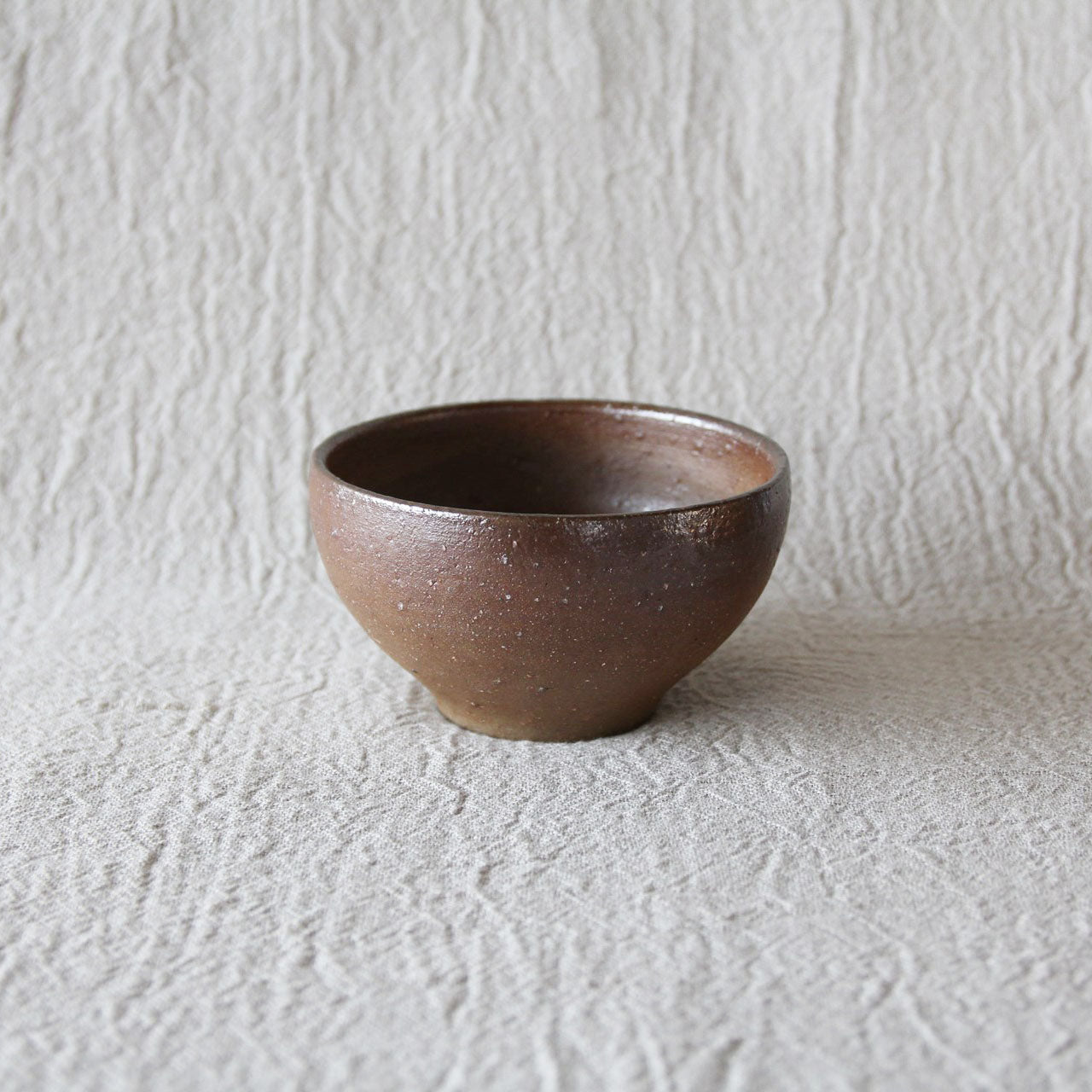
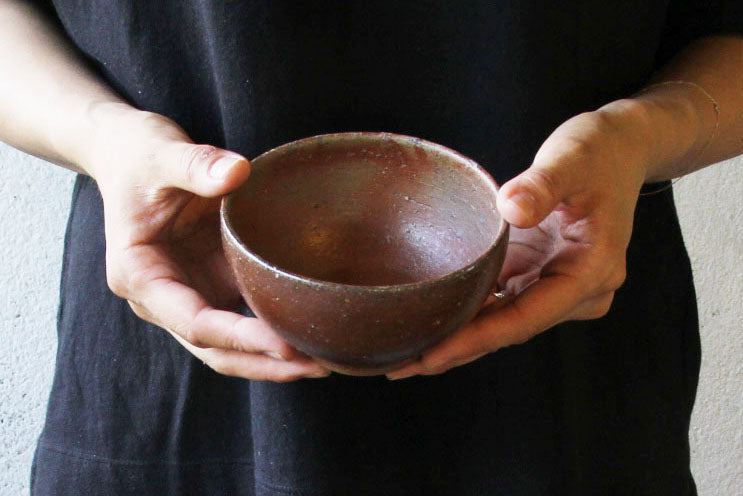
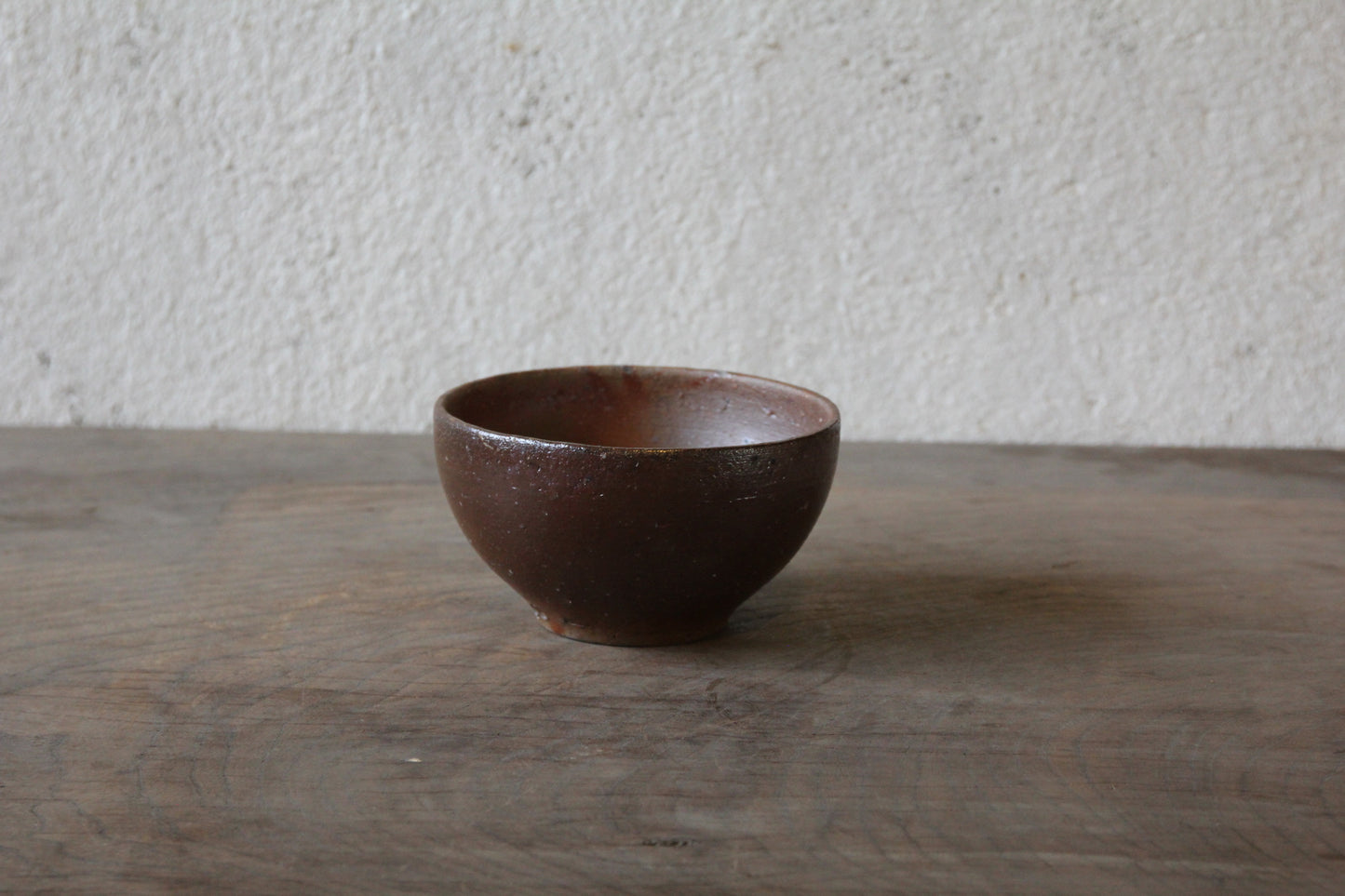
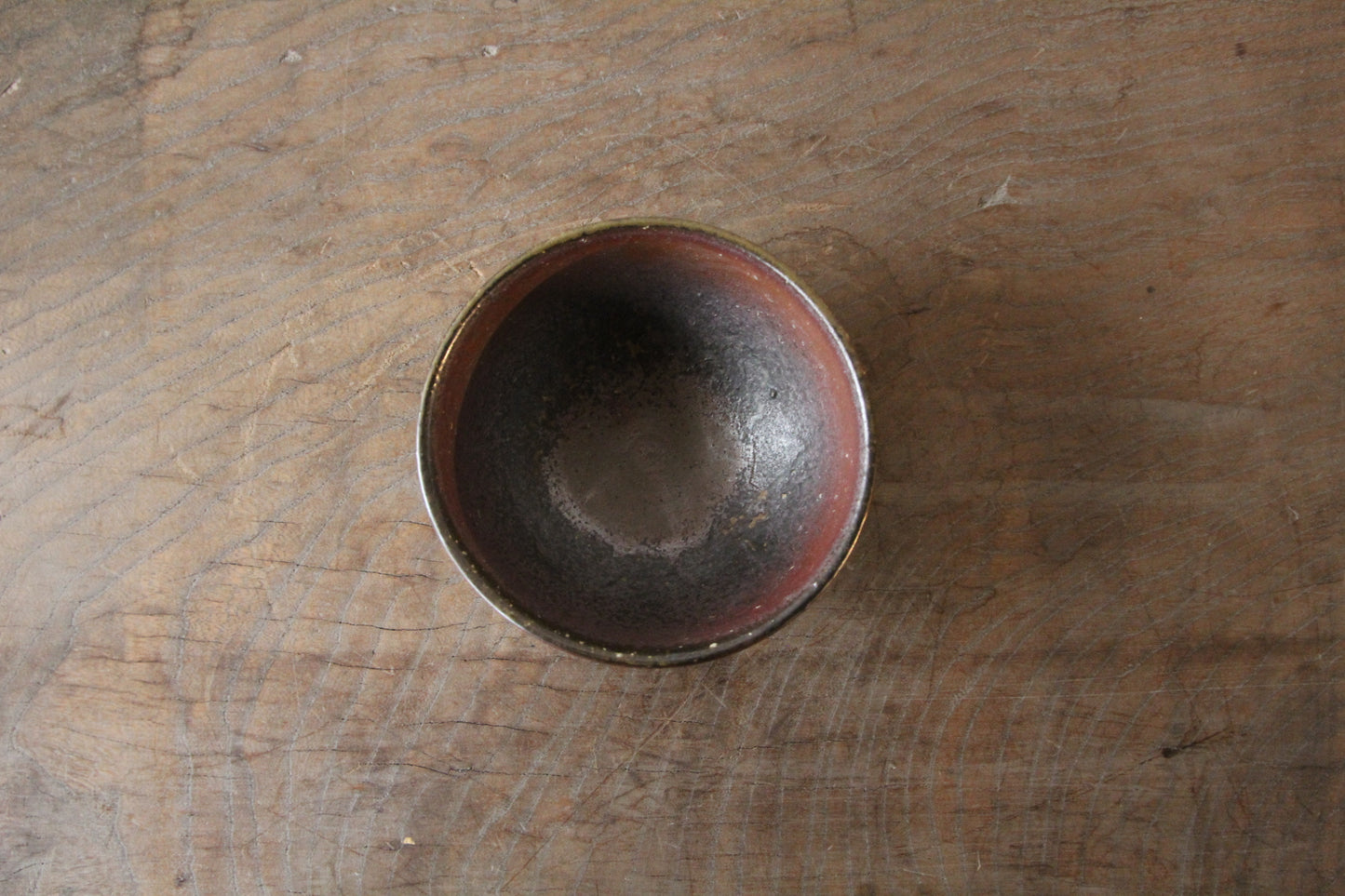
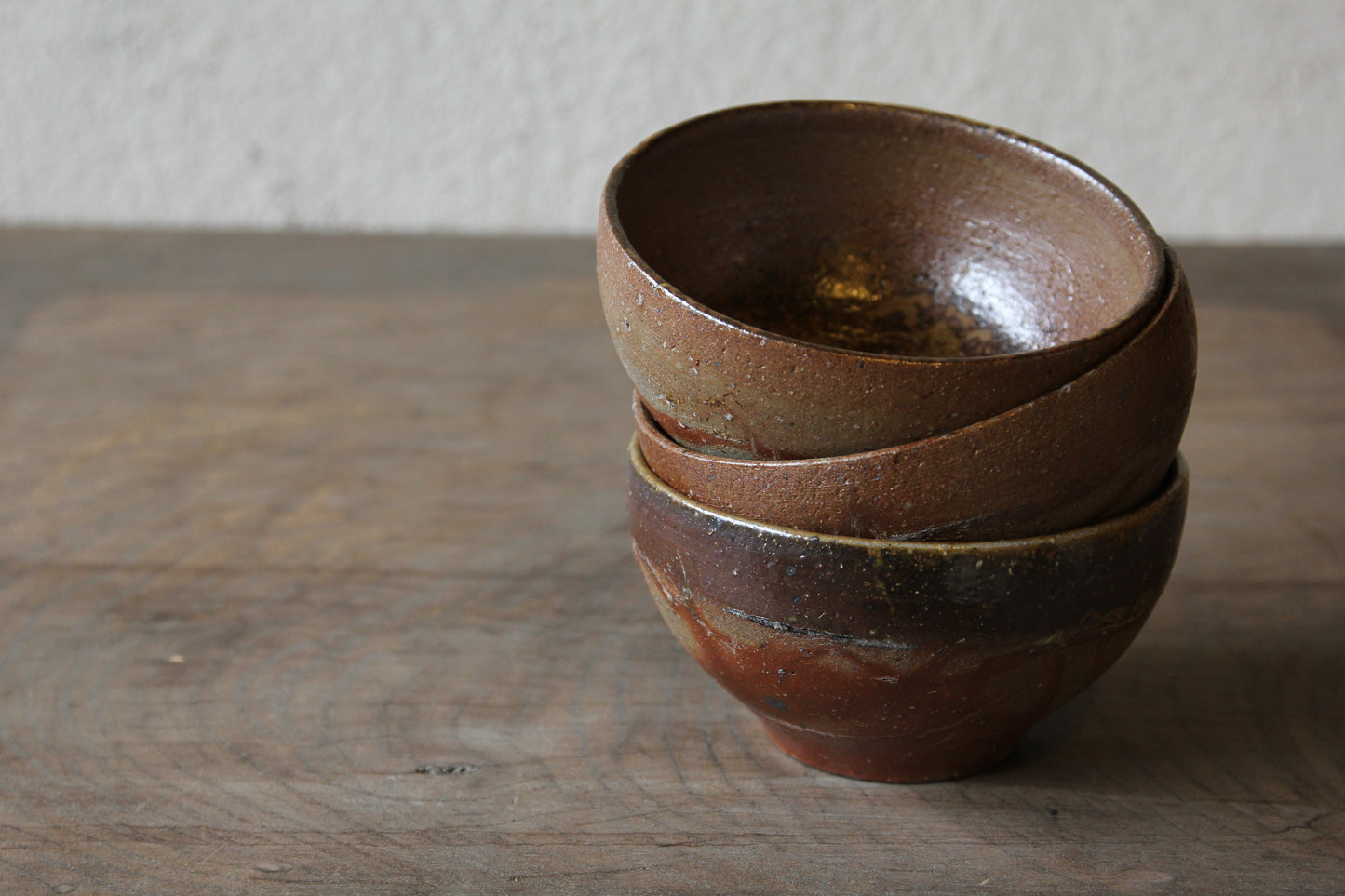
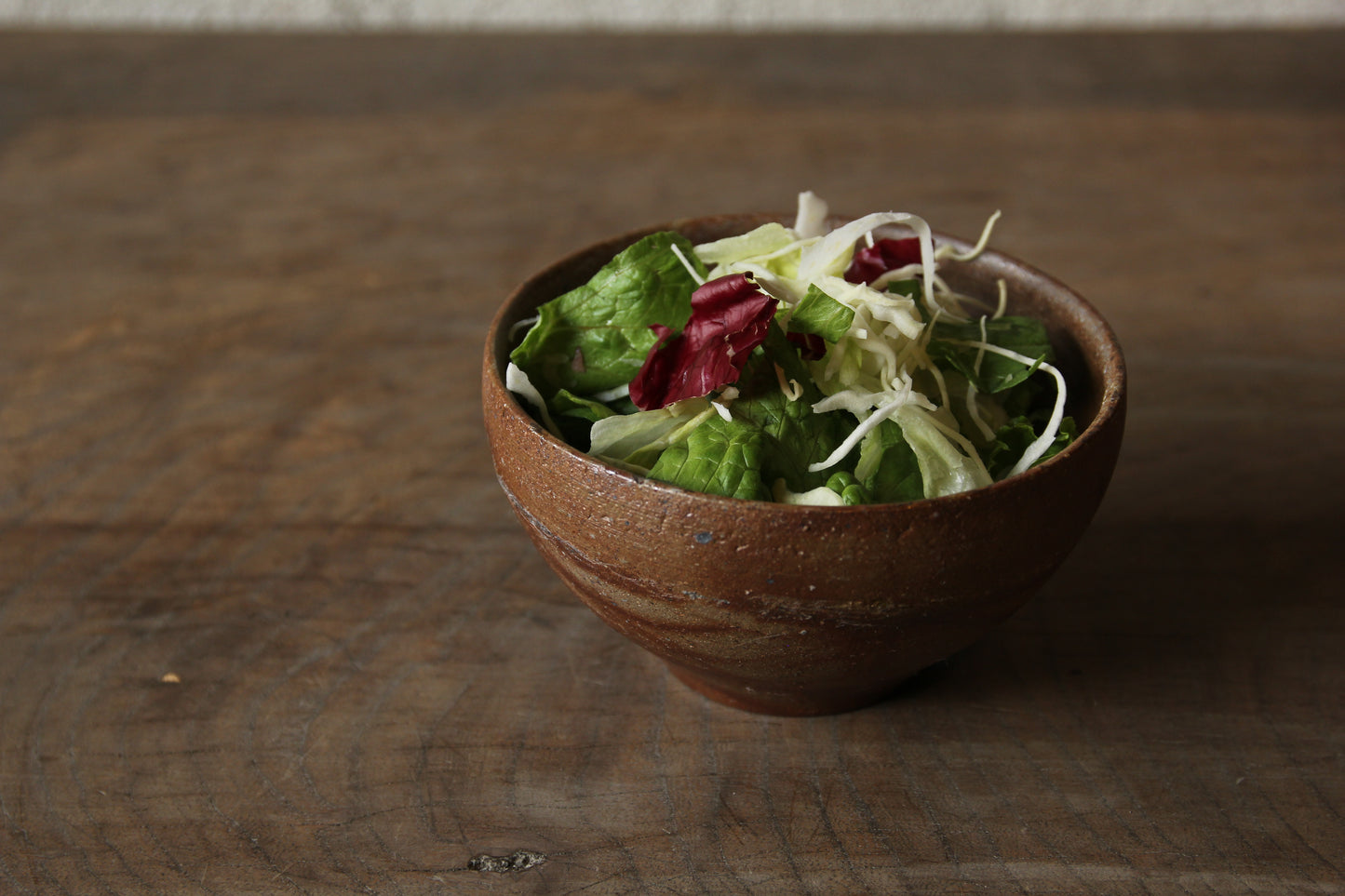
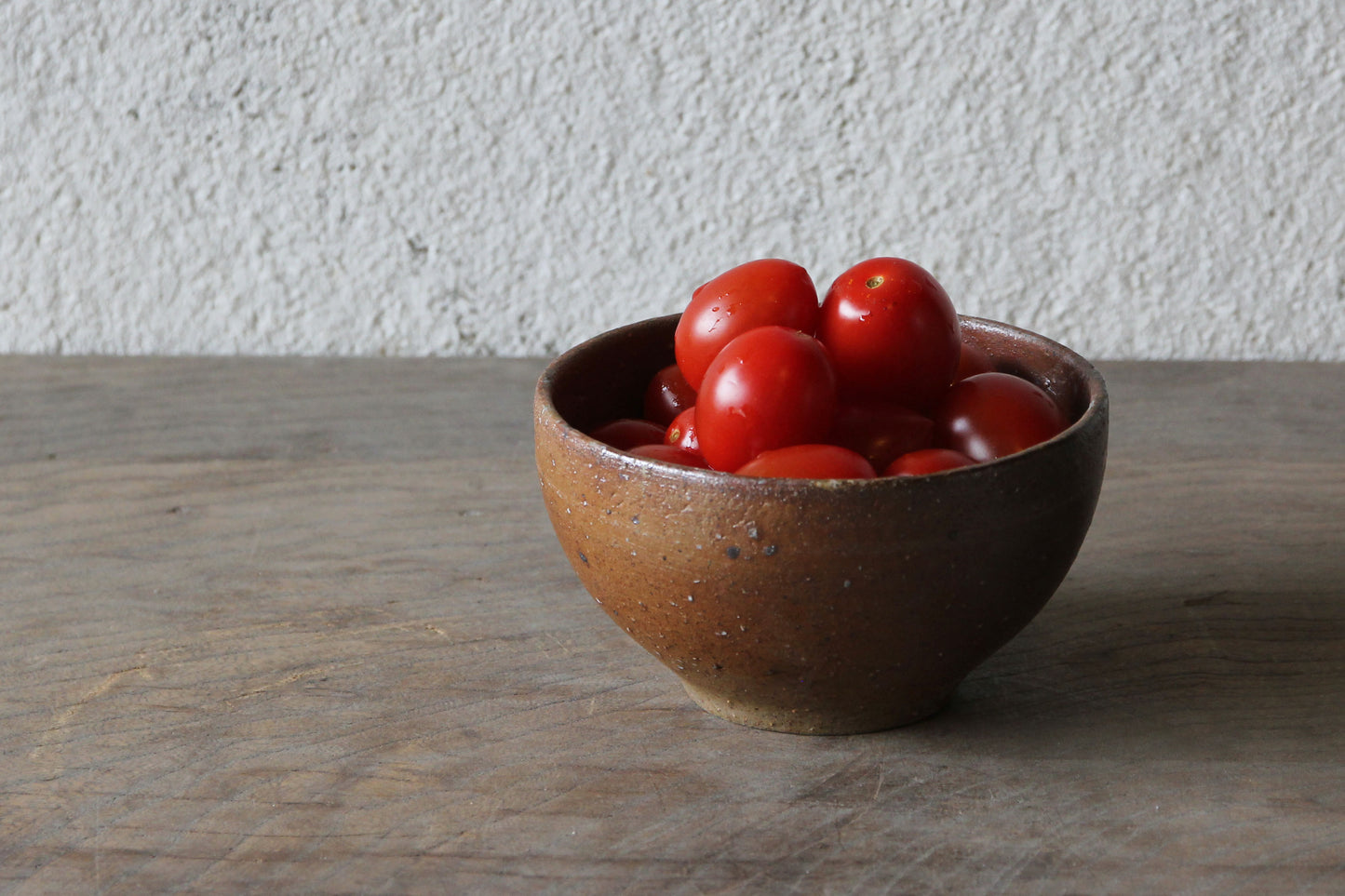
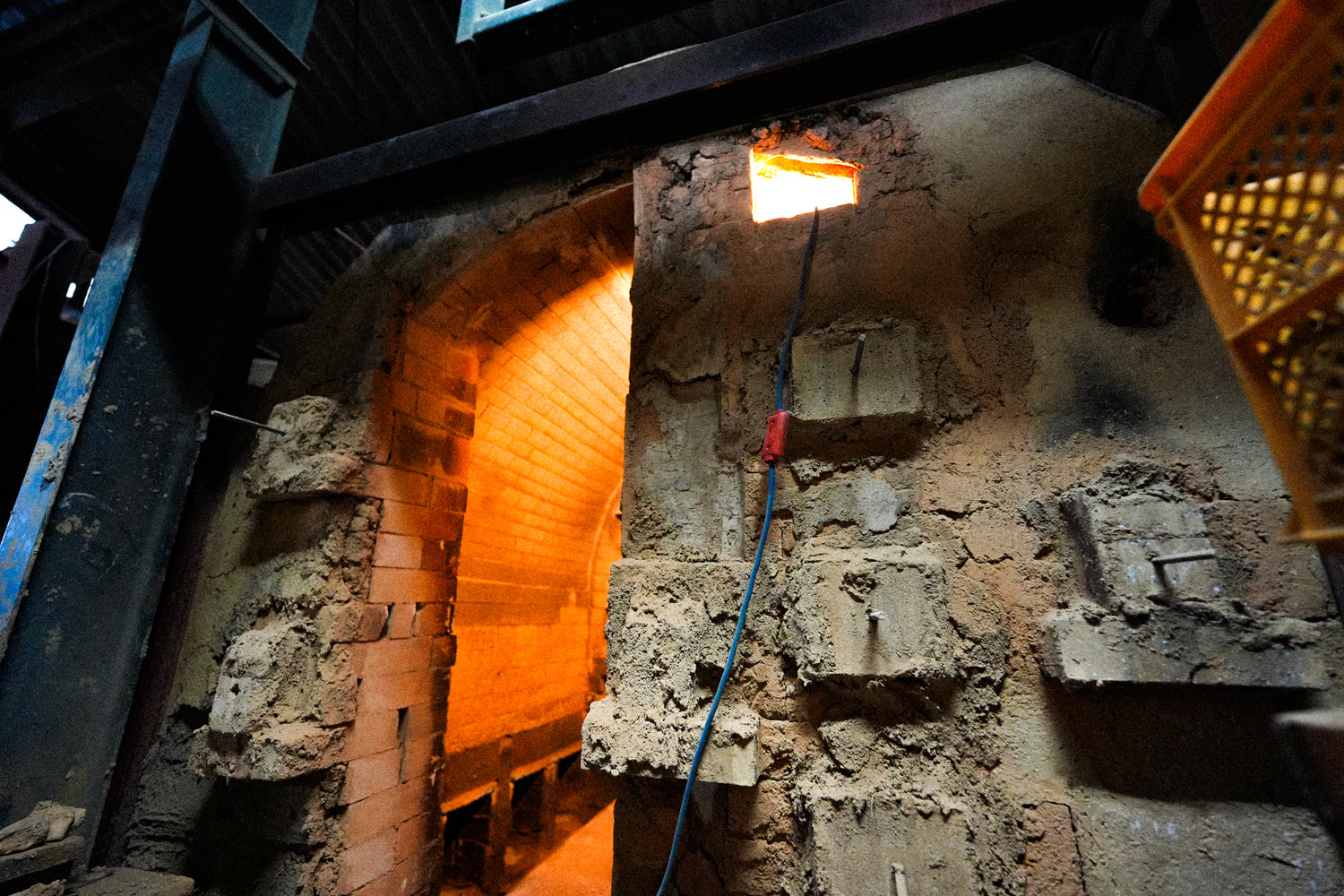
The History of Bizen Pottery
Bizen pottery is said to have originated from the gradual development of Sue pottery (sueki) production methods from the Kofun period, with the production of everyday items such as bowls, plates, and roof tiles beginning in the Heian period. By the Kamakura period, pottery with the characteristic reddish-brown fired surface that we see today began to be produced.
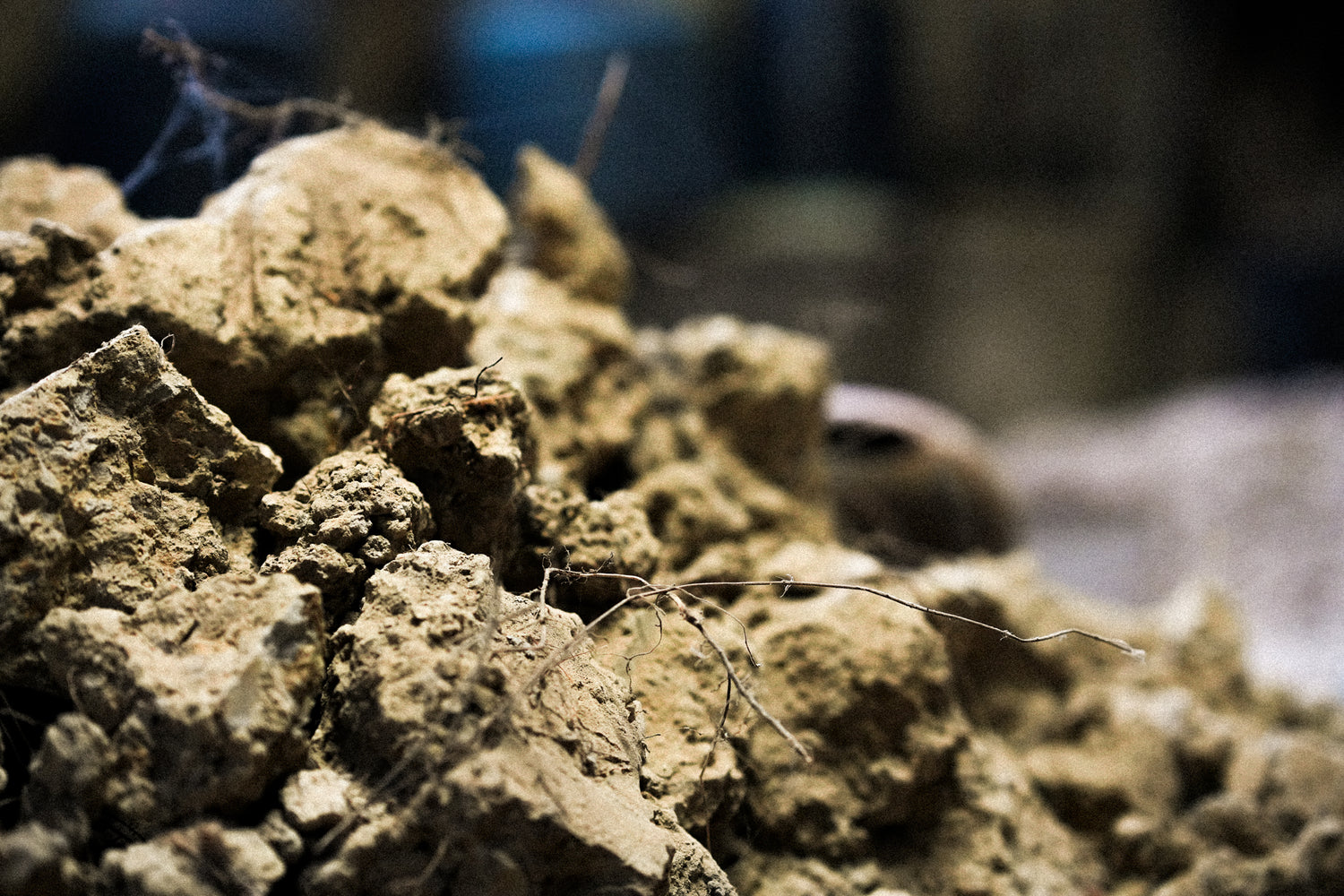
Characteristics of Bizen ware
The process uses a special clay called "hedei" which is dug from rice fields and mixed with mountain soil and black soil to create a clay rich in iron content. Without using glazes, the clay is fired at high temperatures of 1200-1300 degrees to create a distinctive brown-colored surface with a firm finish. The patterns created through "kihen" (firing variations) are unique and no two pieces are alike.
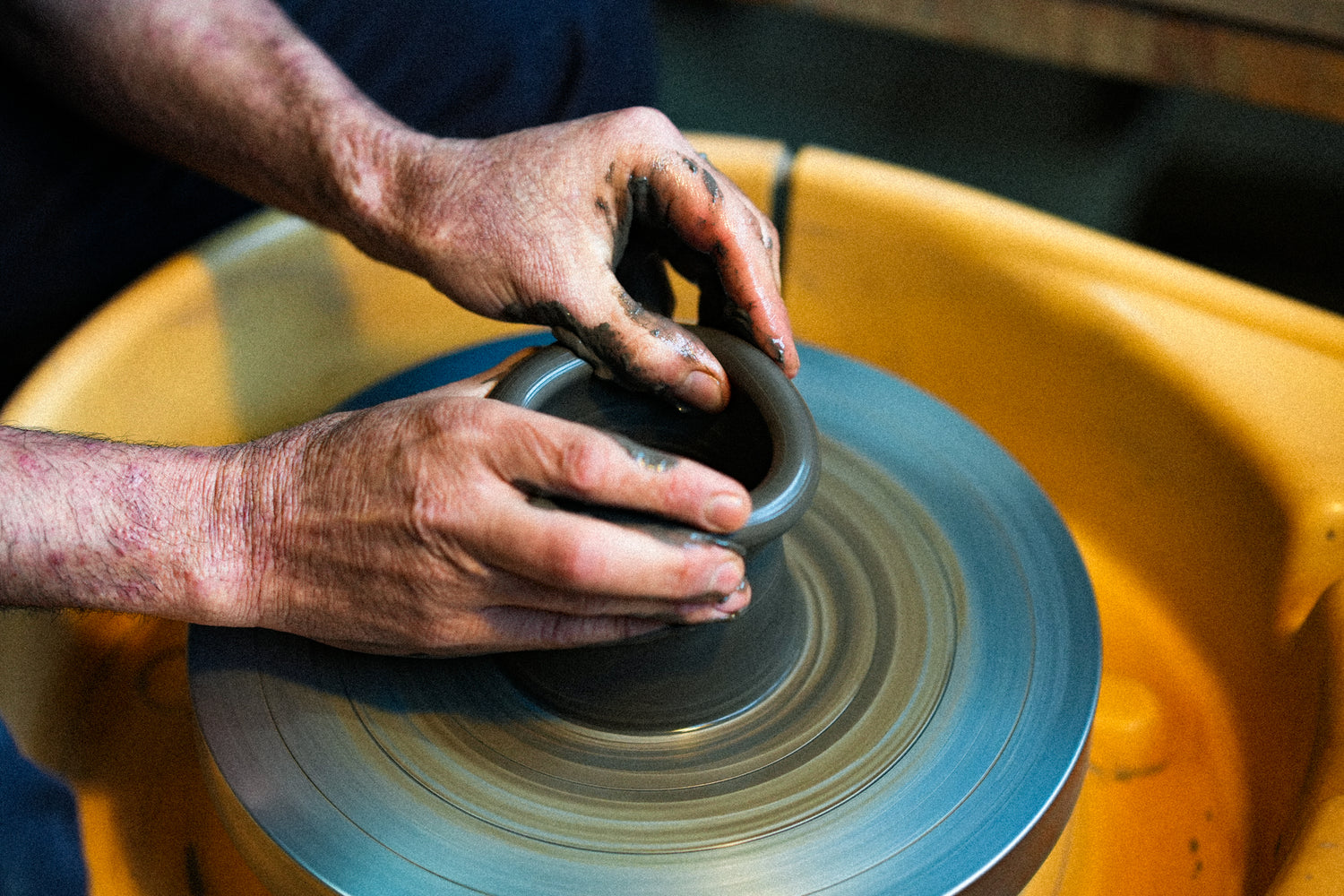
Bizen ware manufacturing process
In Bizen pottery, where the clay itself becomes the vessel, the selection and preparation of clay is crucial, and the clay's characteristics reflect the individuality of each kiln and artisan. After shaping on the potter's wheel or by hand-building, the pieces are naturally dried and fired in climbing kilns or electric kilns. The firing of Bizen pottery is typically done using split red pine wood.
Bizen ware
Bizen pottery is produced in the area around Bizen City, Okayama Prefecture. It is counted as one of Japan's representative Six Ancient Kilns along with Seto, Tokoname, Tamba, Shigaraki, and Echizen. Bizen pottery is formed from high-quality clay and dried, then fired without painting or glazing, which brings out the natural character of the clay. The firing patterns include goma, sanchiri, and hidasuki, which are created by the way pieces are arranged in the kiln and by ash and straw components that adhere during firing, ensuring that no two pieces have the same pattern.
Other products
-
Frustum clay pot (white glaze)
Regular price $65.00Regular priceUnit price per -
ST Mesh Dripper M (for 1 to 4 cups)
Regular price $18.00Regular priceUnit price per -
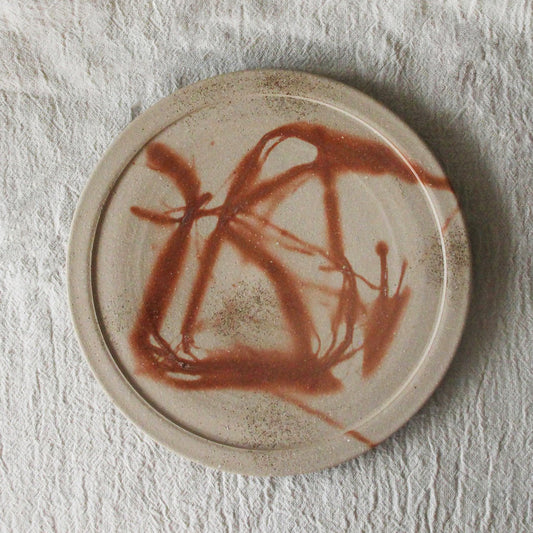 Sold out
Sold outDinner plate 27cm (Hidaski)
Regular price $53.00Regular priceUnit price per -
7 domestic palm brooms
Regular price $152.00Regular priceUnit price per










